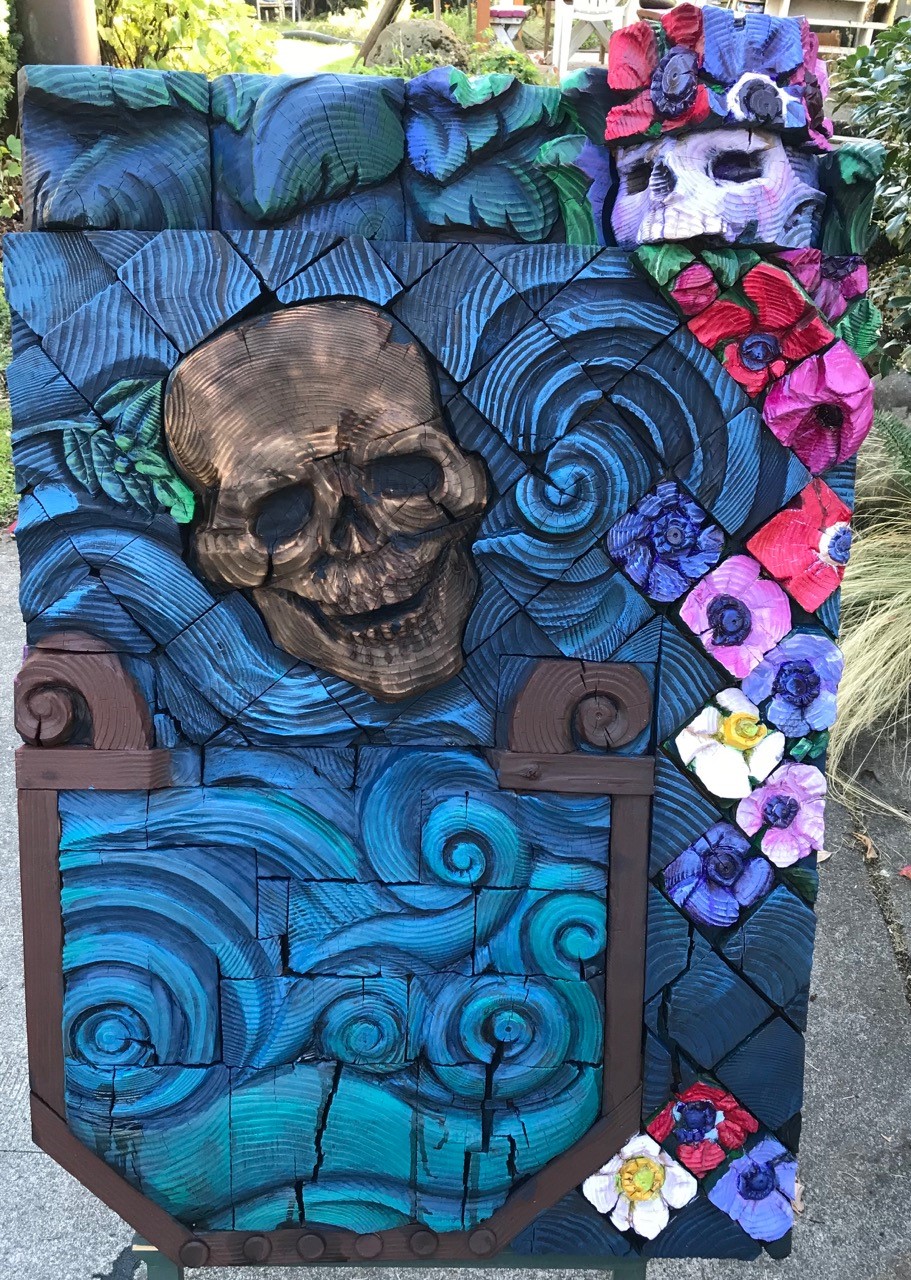Sculpture takes a great deal of time to create. How do you think through a sculpture?
Not just the mechanical/technical process, but the important aesthetic work of meaning.
What do you want it to say, and how do you shape a physical object to have emotional resonance for others?
Drawing sharpens both your eye and your hand. To be able to record what you see takes practice. A lot of practice. If you’re a sculptor, drawing also helps you understand what you WANT to see. Drawing becomes the conversation between you and the muse to discover what the art wants to be.
Detailed drawings can be a blue print to follow so that the finished sculpture looks like the original rendering. Drawing can be a detailed map for sculpture, but it’s not the three dimensional territory. A flat two dimensional drawing can restrict your spatial thinking. As a sculptor, it’s your job to fully explore every angle, facet and form, even if it’s a bas relief.
These days, I use water colors to think through new sculpture. It’s so much easier to make a bad drawing than it is a bad sculpture. Don’t like it? Make another drawing. Quick drawings and loose washes of color keeps my thinking flexible, open to different possibilities and meanings. Carving feels playful, more exploration than execution. Some of that looseness even makes it all the way through into the finished work!
Look at the drawings of sculptors to see how they use drawing to think through their sculpture. Rodin’s sketches are loose washes of color with lightly drawn ambiguous lines. Think about how the faceted surfaces of his bronzes flicker and bounce light and catch shadows.
Michelangelo’s cartoons are often detailed blueprints for finished work. Look and see how he’s drawing how light hits a form, he’s thinking about volume and surfaces.
Consider your materials. If you use a pen or brush, you train yourself to see lines, through lines, contour lines, etc. If you’re using a charcoal or soft pencil, you attune your eyes to nuance of form, shadows, volume. What medium draws you?
Each drawing is another opportunity of composition, editing and thinking. As you draw, you shape HOW you see and WHAT you see. As a sculptor, drawing sharpens all your skills so you can make what you WANT to see happen in three dimensions.


To learn more about Pacific Northwest Sculptors, contact us today!
Leave a Reply
You must be logged in to post a comment.